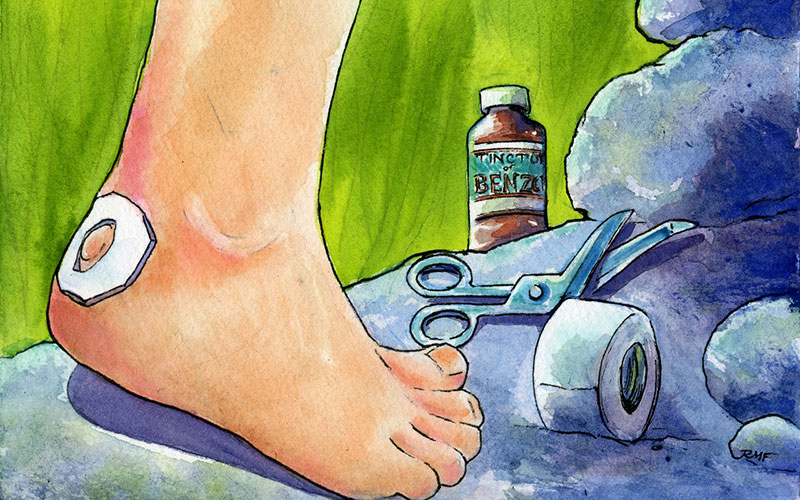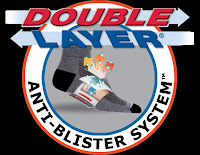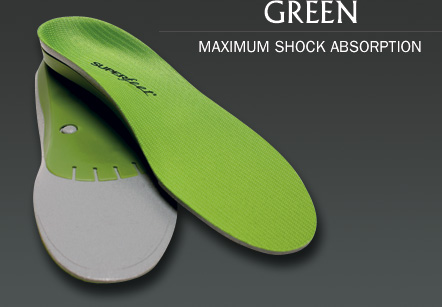
Blisters are almost always caused by friction on your feet, which usually occurs when your foot slips around inside your footwear. This is particularly common in the heel. Do you know how to prevent this? Here are some tips.
If the back of your foot slides up and down every time you take a step, blisters often result. To prevent this, your heel should be locked in place inside your shoes—one of the most important criteria for a good footwear fit. If you’ve already got a pair where this occurs, here are your options to address it:
1) When lacing your shoes, snug them loosely across the top of your feet (the instep) but cinch them tightly across your ankle. Pay particular attention to the laces that cross your feet where the instep curves upward toward your ankle—this point most directly locks your heel down. You can apply a surprising amount pressure here without compromising circulation or pinching nerves. Above this point, tie the laces as tight as is comfortable.
 2) If cinching the laces doesn’t work, your shoes are simply too roomy for the size and shape of your heel. To address this, you must add volume around your heel and ankle. This can sometimes be done by simply wearing thicker socks to add a little extra bulk. If not, the next step is to replace the existing insoles with a pair of after-market insoles that take up more space. (Another sock option is a pair of double-layer socks like those from WrightSock; the two sock layers slide over each other and help reduce friction on your skin.)
2) If cinching the laces doesn’t work, your shoes are simply too roomy for the size and shape of your heel. To address this, you must add volume around your heel and ankle. This can sometimes be done by simply wearing thicker socks to add a little extra bulk. If not, the next step is to replace the existing insoles with a pair of after-market insoles that take up more space. (Another sock option is a pair of double-layer socks like those from WrightSock; the two sock layers slide over each other and help reduce friction on your skin.)
 3) When selecting a pair of insoles, pay attention to how much volume they take up underneath your heel. Higher volume insoles will lift the back of your foot upward and potentially eliminate the extra space that’s causing your heels to slip. I’m partial to Superfeet, which come in a variety of different styles. Each version is identified by a specific color—the Green and Orange series take up the most space in the heel. Though somewhat spendy ($35-$50), Superfeet last a really long time (I’ve used pairs for nearly two years of almost daily use). Other insoles will work as well; they just tend not to last as long or provide as much support under the arch.
3) When selecting a pair of insoles, pay attention to how much volume they take up underneath your heel. Higher volume insoles will lift the back of your foot upward and potentially eliminate the extra space that’s causing your heels to slip. I’m partial to Superfeet, which come in a variety of different styles. Each version is identified by a specific color—the Green and Orange series take up the most space in the heel. Though somewhat spendy ($35-$50), Superfeet last a really long time (I’ve used pairs for nearly two years of almost daily use). Other insoles will work as well; they just tend not to last as long or provide as much support under the arch.
4) If none of these fixes work and you continue to get heel blisters, your options are now down to blister prevention. You can put moleskin or other padding on spots you know will blister, prior to blisters occurring. You can suck it up and wait for your blistered heels to mend with ever-tougher layers of skin. Some people even apply desiccants like rubbing alcohol to their heels to dry out the skin and toughen them up. I don’t really recommend any of these methods, however—you’d be better off looking for a better fitting pair of shoes.